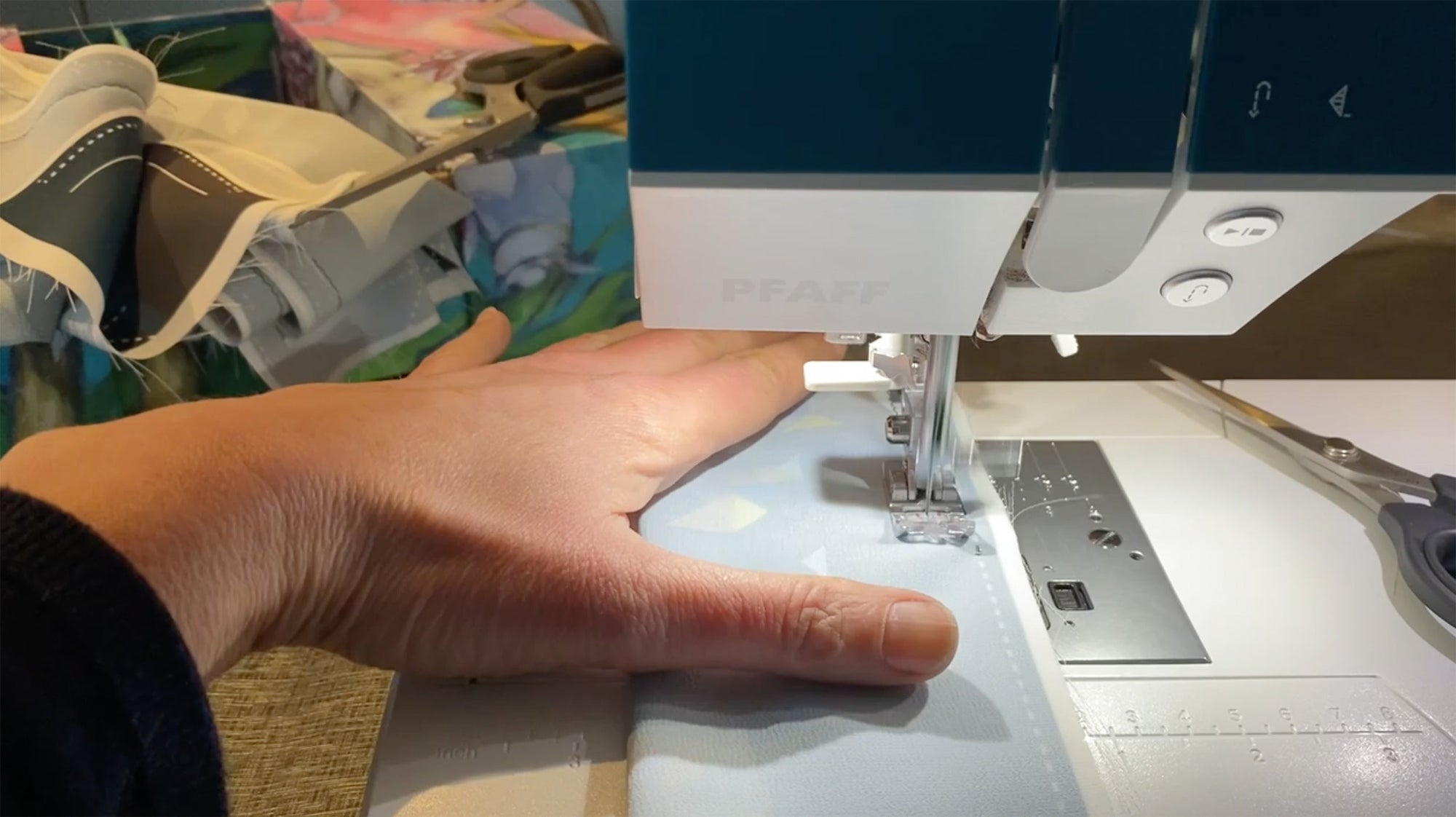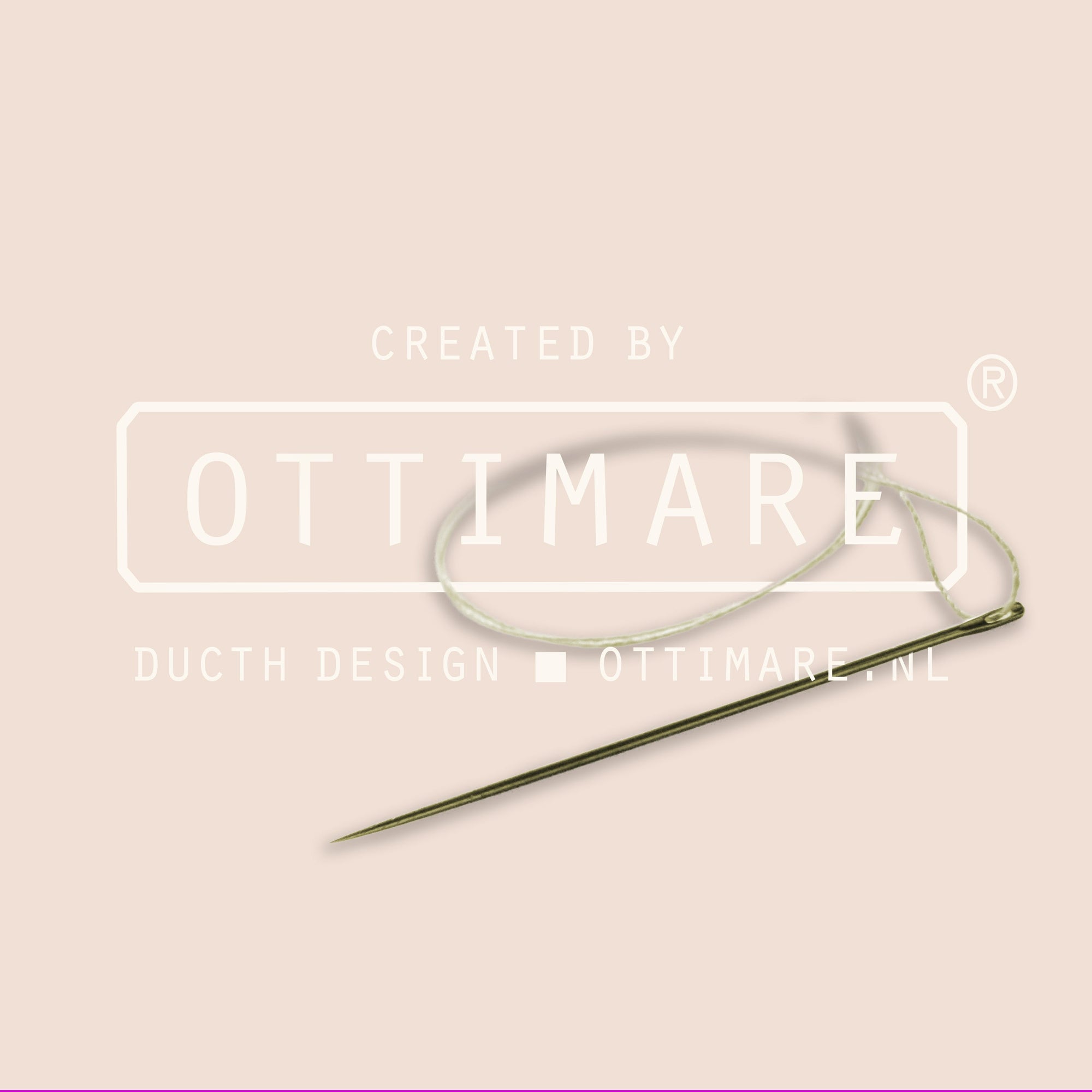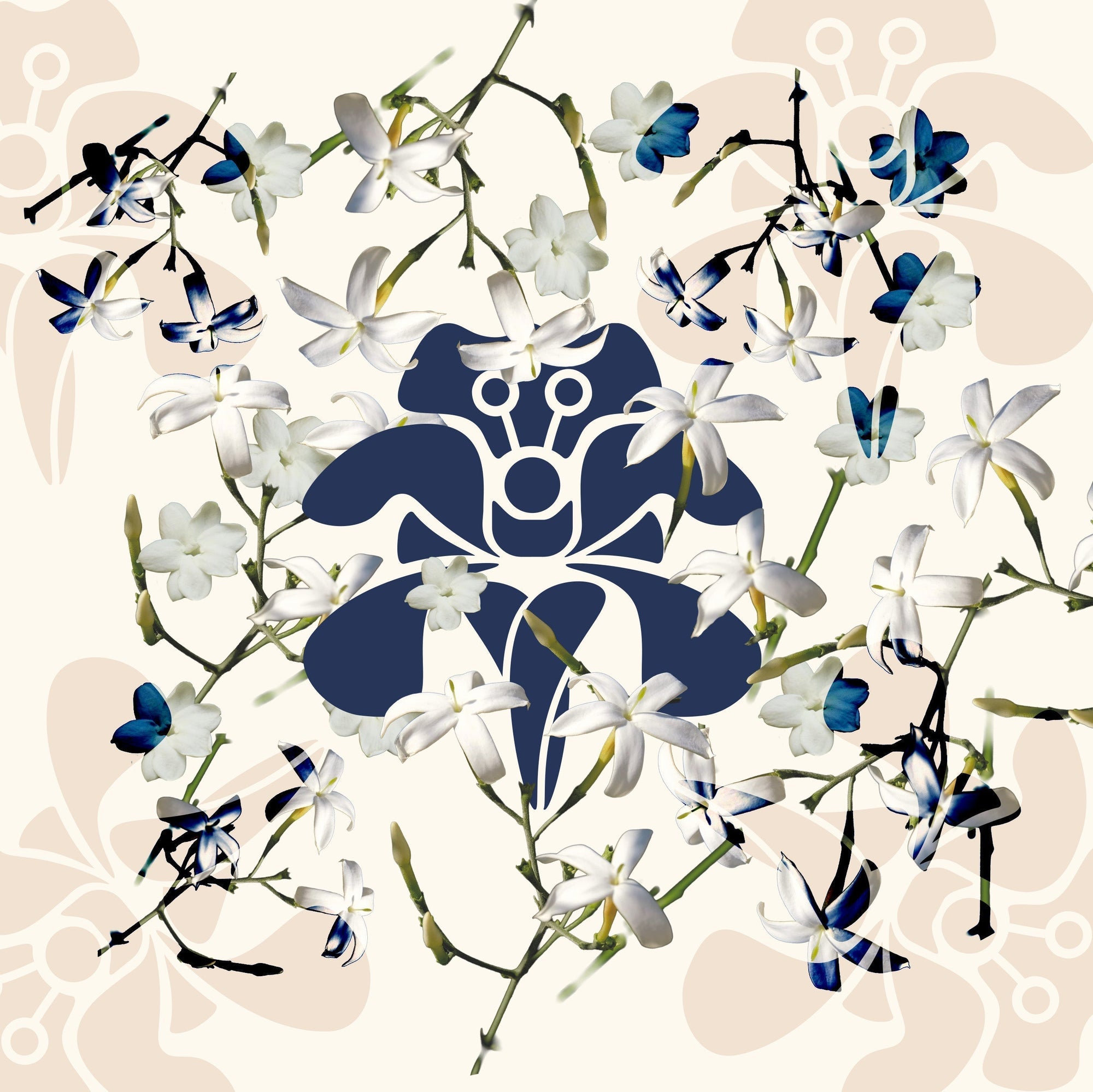In a world full of labels and marketing buzzwords, ‘handmade’ isn't always what it seems. Is a scarf made in a factory in China, sewn by human hands, still considered handmade? In this blog, we dive into the meaning of handmade, the difference between handwork and manual labour, and what artisanal craftsmanship truly entails. We also show how Ottimare embraces these values in its unique, timeless scarves, fans and twillies—crafted with care, intention and customisation.
Is something truly handmade just because it’s called so?
It sounds obvious: handmade means made by hand. But in practice, the definition is much more complex. Many products marketed as “handmade” are partially machine-made. Sometimes only the finishing touches are done by hand. Can we still call that handmade? The term isn’t legally protected, which means it’s often used as a marketing tool with little transparency. That makes it hard for customers to know what really qualifies as handmade.
When is something handmade?
If a product is entirely created by hand, without machines, the answer is simple. But even with the use of tools (like scissors, an iron or a sewing machine) a product can still be handmade. As long as the maker is directly involved and in control, it counts. So handmade is less about the absence of tools, and more about the presence of the human hand and mind in the making process.
But… don’t factory workers also use their hands?
Taken literally, many products made in factories across Asia or other low-wage countries could be considered handmade. After all, people operate industrial sewing machines on production lines. Clothing is rarely made without human involvement. Still, that’s not what most people imagine when they think of “handmade”.
What do we really mean by handmade?
When we say something is truly handmade, we think of:
- personal attention
- uniqueness
- small-scale production
- craftsmanship
- ideally: one maker overseeing the entire process
These things are missing in mass production. Factory workers often have no creative input, work under pressure, and earn low wages. They complete just one task in a long chain—never seeing, let alone owning, the final product. That’s manual labour. Not artisanal handwork.
Handmade ≠ Manual labour
What we actually mean by handmade is: artisanal. From the French artisan, meaning skilled craftsperson, artisanal products are made with expertise, care and attention to detail. Often in small batches, by small studios. It overlaps with handmade, but shifts the focus to craft, not just the hands. Artisanal work is a fundamentally different process with different values, different stories, and different results.
Are Ottimare’s scarves artisanal and handmade?
Yes. At Ottimare, both the sewing (by hand and machine) and the fabric design of the scarves are done in-house. We don’t use endless rolls of repeat-print fabric. Each pattern is designed to perfectly fit the size and shape of the scarf. Only the printing, on sustainably sourced fabrics, is outsourced to a trusted partner.
And what about the fans?
For our silk fans, Ottimare hand-paints the fabric. For our prêt-à-porter fans, the fabric is digitally printed after the design phase and then sent to a specialised artisanal studio in Spain. There, the traditional fan-mounting technique is still practiced with great skill. The wooden frames are also Spanish-made, artisanal, and certified.
A unique, sustainable and timeless result
The result? A distinctive collection of high-quality accessories. Small production runs, unique designs, and made-to-measure options. Would you like a scarf or fan in a different colour? Or personalised with a name or logo? Just contact Ottimare. Not mass-produced. But carefully made, long-lasting accessories. Sustainable, high-quality and above all: timeless.


